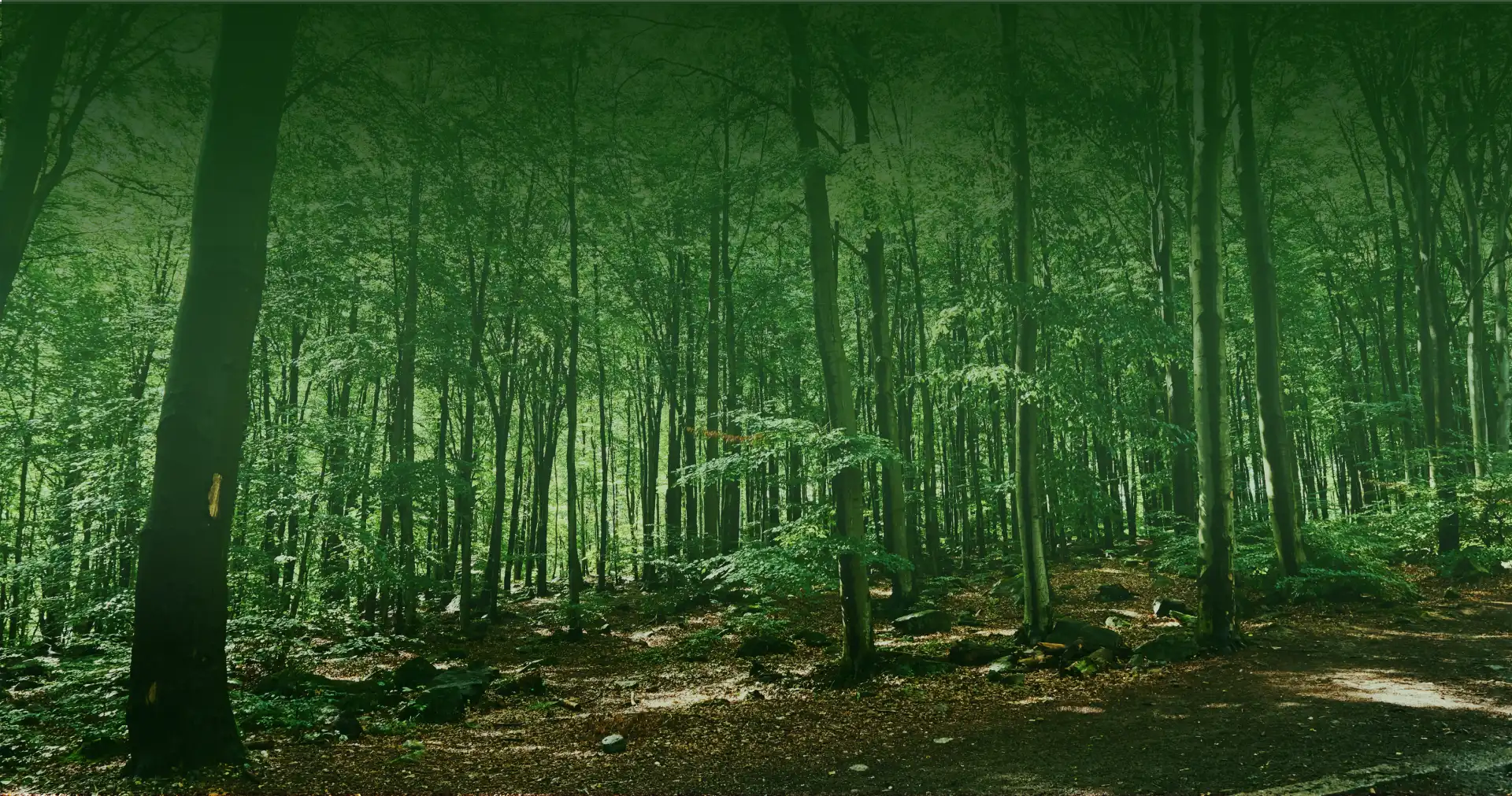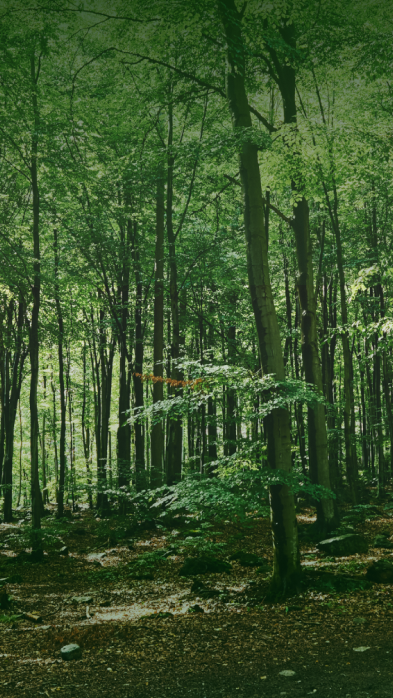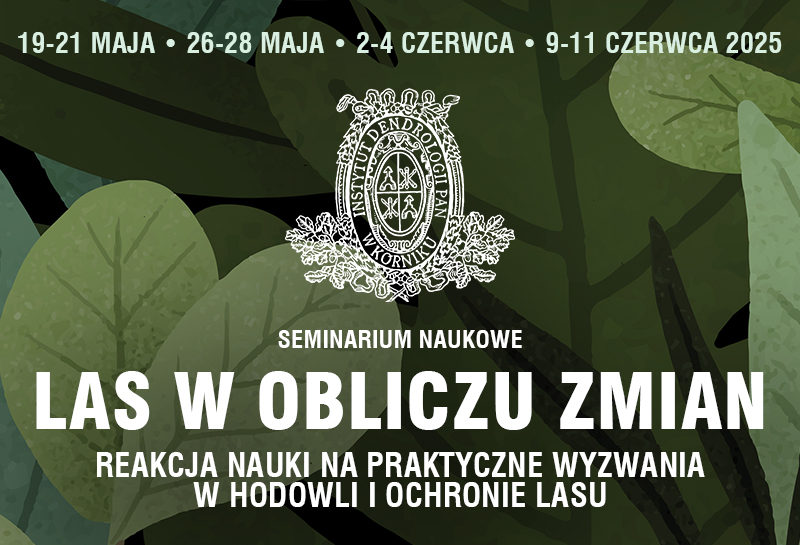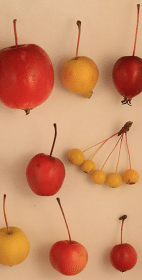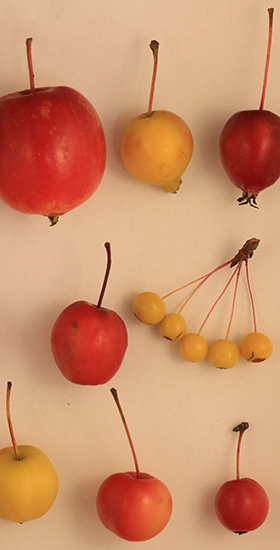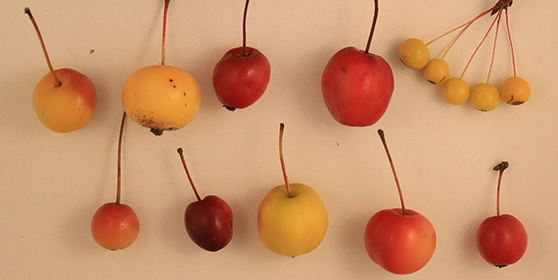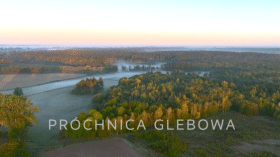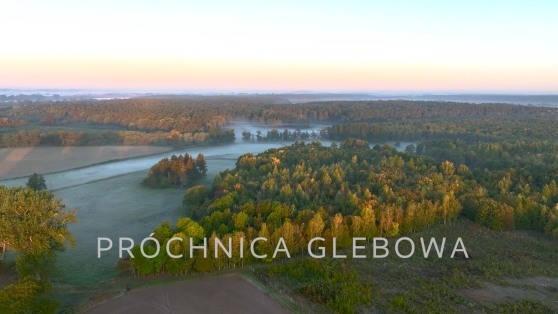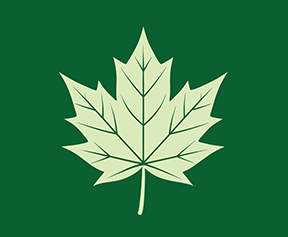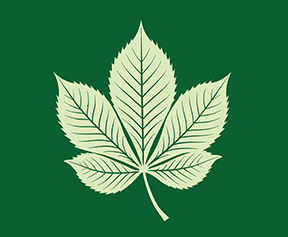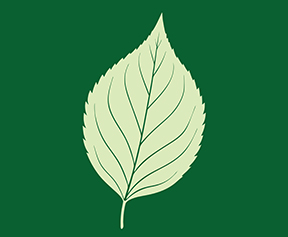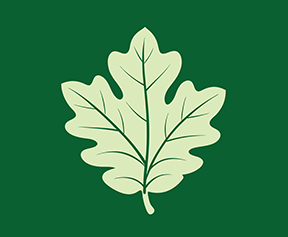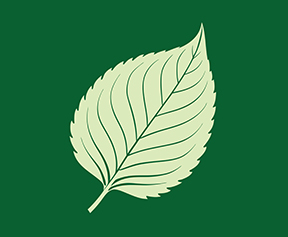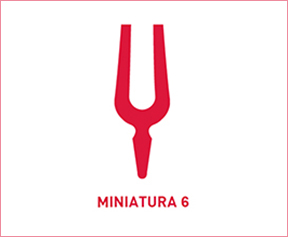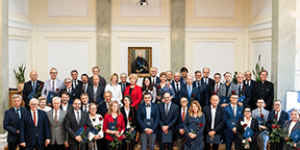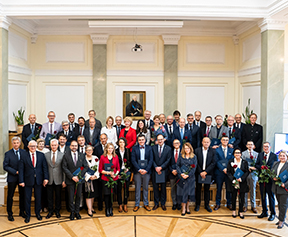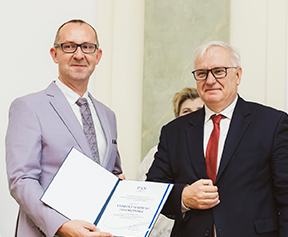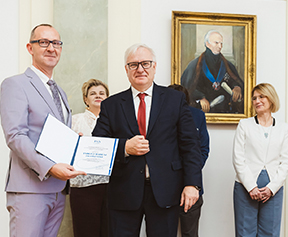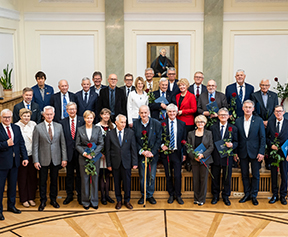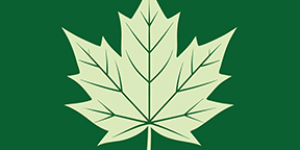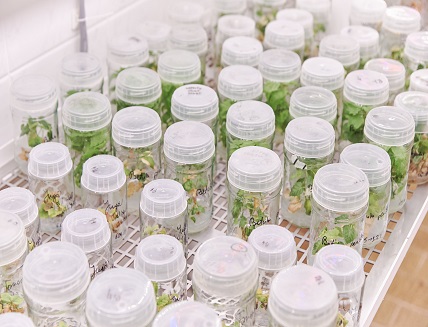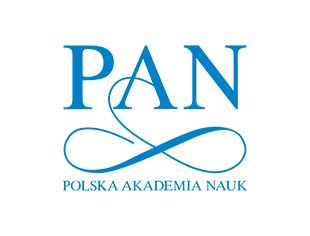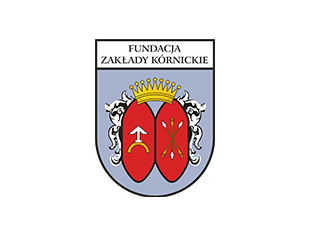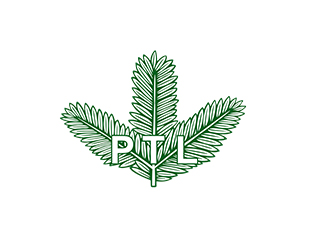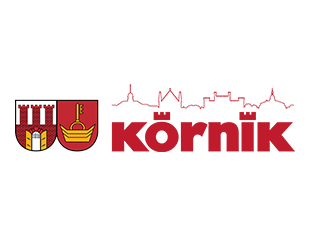Abstract: The paper provides a detailed characterisation of Norway spruce stands in the Ukrainian Carpathians. The majority of natural spruce stands in Ukraine occur in Polesie, while artificial regeneration is spread all over the country. The most densely forested part of Ukraine is the Carpathian region with 41.1% of forest-covered area (2.1 million ha). Spruce-dominated stands occupy about 700 thousand hectares (30%) of the forested area of the state forest fund in the Ukrainian Carpathians, and another 10% of the mixed forests contain 10 to 30% of spruce. Besides pure spruce stands, there are beech-spruce, beech-fir-spruce, and cedar-spruce stands. The most productive stands (750-900m3 stem wood per ha) grow in the middle and lower parts of slopes at 1100-1200 m a.s.l. which have favourable soil and climate conditions. Since the second half of the 20th century, spruce stands in the substantial part of the Ukrainian Carpathians have declined under the influence of complex anthropogenic and natural factors. Although the present condition of most spruce forests in this region remains satisfactory, the degradation processes and the ban imposed in 2006 on planting spruce on non-spruce forest sites (in state forests) may decrease their area in the longer term.
Additional key words: Norway spruce, environmental functions, Carpathian forest types, composition, productivity









